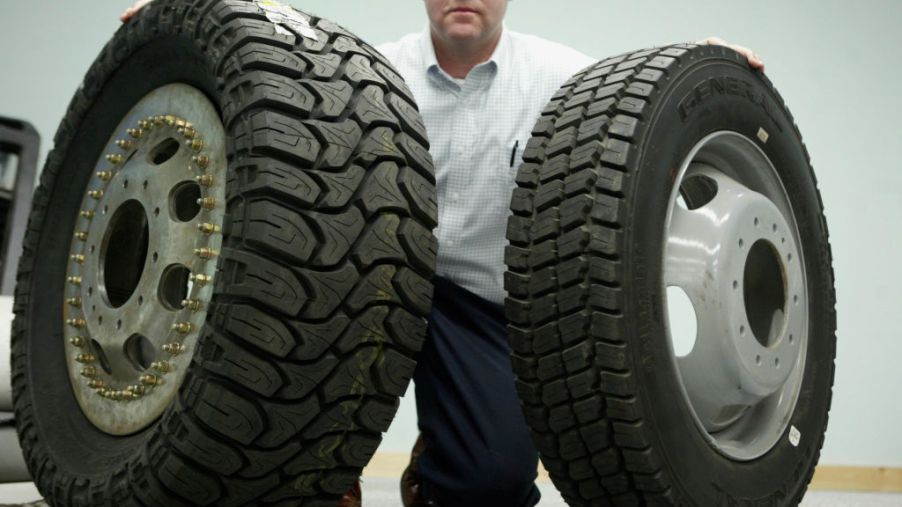
Here’s How Run Flat Tires Work
Each time we slide behind the wheel, we conduct a kind of pre-drive check on our vehicle. We make sure we have the keys, that the vehicle didn’t sustain any damage while it was parked, determine if we need gas right away or if we can wait a while, and make sure the tires are fully inflated.
The tires are a major concern. Even if the tires are in good shape when we leave, there’s always a chance that a nail, stick, or other types of debris could puncture the tube. Thus resulting in a flat tire and a completely ruined day.
Since it’s no longer as easy and safe to change a tire as it years ago, many of us are constantly on the lookout for tires that can withstand a great deal of damage and continue to allow us to safely drive our vehicle. One such tire is the run-flat tires.
What are run-flat tires?
Run-flat tires are designed in such a way that you can continue to drive even after your tire sustains a puncture. The difference from normal tires is that continuing to drive on a normal tire after it’s gone flat can do a great deal of damage to your car.
It’s also impossible to stay at proper speeds after you’ve punctured a normal tire. Driving on a damaged run-flat tire doesn’t require that you slow way down and drive for miles on the road’s shoulder. Not to mention, you don’t have to worry that you’re ruining your wheel and axel. You’ll be able to continue to drive until you reach a place where you can safely change the damaged tire with a good one.
How run-flat tires work
Regular tires have a tube inside the tire that is filled with air. The air is what supports the tire. Once that tube is punctured, the sidewall no longer supports the vehicle and you’re unable to drive it.
In contrast, run-flat tires use a significantly thicker sidewall that’s strong enough to support the entire weight of your car. It’s worth noting that you can’t drive on a punctured run-flat forever, and you can’t zip down the freeway. Once punctured, you can drive for about 50 miles at 50 MPH before you need to do something about the tire.
Pros and cons
Just like with all things, there are pros and cons to run-flat tires.
The pros include:
- The ability to get yourself to a safe place where you can change your tire
- In the event of a blowout, you won’t lose complete control of your vehicle
The cons include:
- The tires lose tread and need to be replaced more frequently than standard tires, this significantly increases the overall cost of owning your vehicle
- It’s difficult to eyeball the tire and decide if it has enough air pressure
- The car doesn’t ride quite as smoothly as it does on standard tires
- Run-flat tires are more expensive
Is it worth it?
Believe it or not, the biggest factor in determining whether you should use standard tires or run-flat tires is the size of your vehicle. Individuals who drive small vehicles, often lack the space needed to carry a spare tire and a jack.
The run-flat tires allow you to eliminate these things from the items you must store in your vehicle. Other drivers who do well with run-flat tires are those who do the bulk of their driving on busy highways where there’s no safe place to handle a blowout people who drive in unsafe areas. Additionally, those who don’t feel confident in their ability to change a tire on their own would benefit from them.


